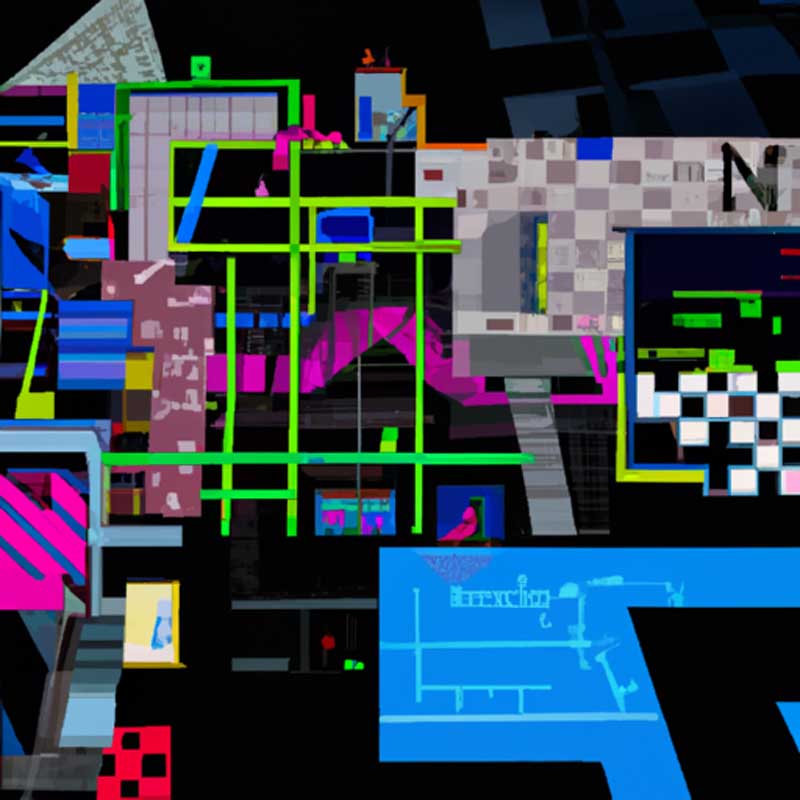In 2023, the creative industries have been electrified (stunned and stimulated in equal measure) by Generative AI. The next months will continue the playing out of this tumultuous social change.
Central to immediate debates, we face a potential major juncture in the history of intellectual property rights. Should big tech, or anyone for that matter, be allowed to feed copyrighted works into today’s phenomenally powerful machine learning algorithms? Existing “fair use” clauses in many countries, notably the US, permit some uses of copyrighted material for training algorithms, but this permission is not clear cut.
Another prominent debate concerns whether people should have the right to know if creative work is AI generated, much as we expect to know what harmful substances are in products, or whether clothes were made in a sweatshop.
Technologists who are “for artists” in so far as they respect their copyright in training ML models, may still be very active in changing the commercial landscape. With that in mind, the incumbent creative industries major players, the Disneys, Warner Musics and BBCs of the world, are especially important because they encapsulate both copyright and tech innovation interests under the same roof.
The upheaval will cut deeper still into long-standing conceptions of artists’ moral rights, and the practicalities of defending those rights.
There is also the potential of specific technology breakthroughs that could further redirect the course of change in 2024. Much of the work will be in the pipelines, workflows and user interfaces that bring generative AI into different industries, especially with respect to collaboration and human-computer co-creativity.
Even without more jaw-dropping breakthroughs, the consolidation of infrastructure, interface design, integration and upskilling will continue to drive the growth and power of generative AI.
